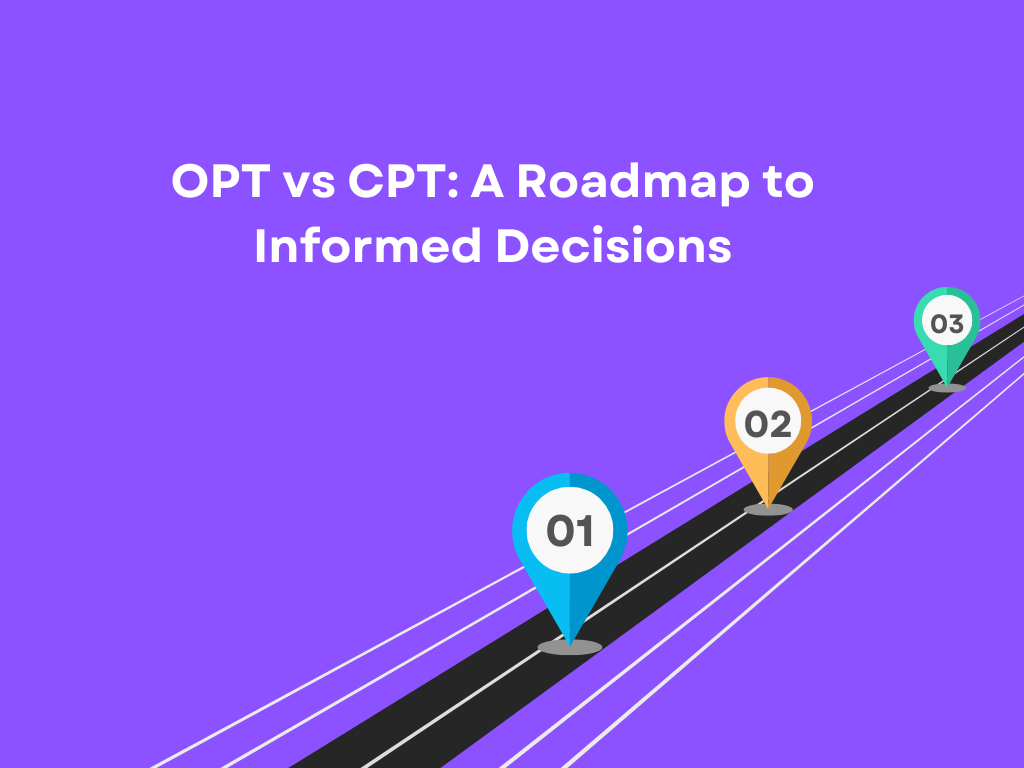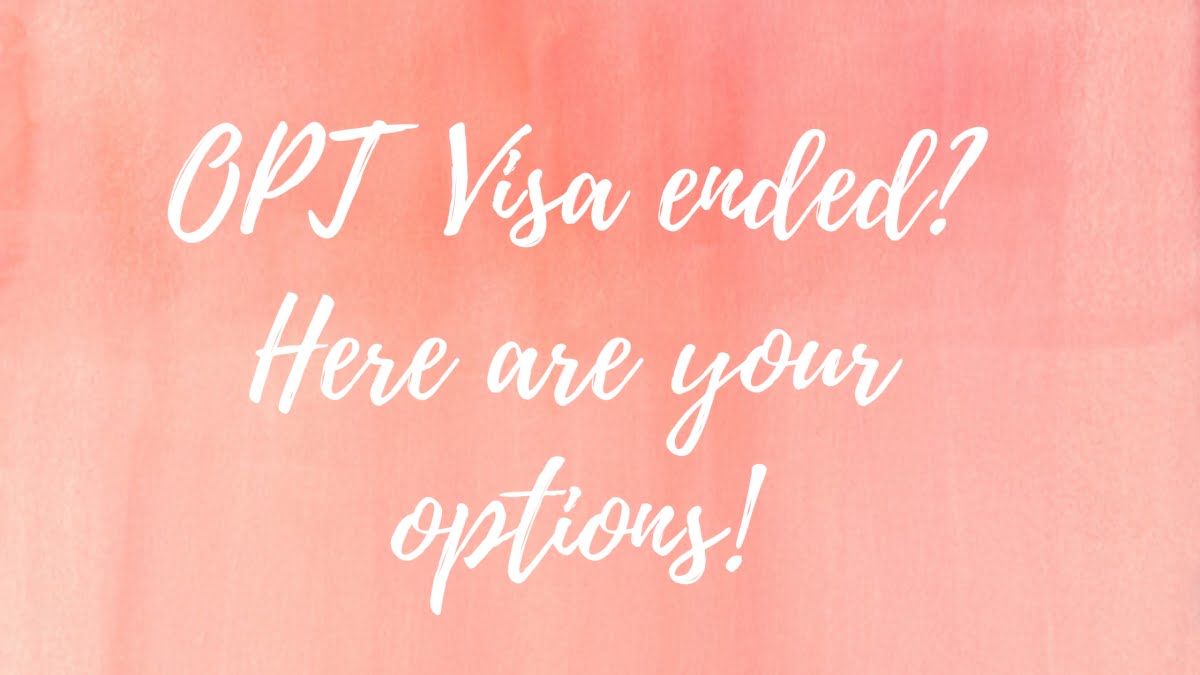What is CPT?
CPT stands for Curricular Practical Training and is a common abbreviation that is used by various international students pursuing courses abroad. In plain words, it allows international students studying abroad to work alongside pursuing their courses, resulting in the feasibility of also funding their chosen education or degree.
In order to understand the various details about CPT, there are two major factors in play. One is the federal policies at play, which vary from one country to another with respect to the international visa, and the second is the rules and policies of the specific university one is considering to be enrolled in. This means that not all universities allow CPT, and the ones that do, have due process in place, and hence, international students considering working along with pursuing degrees abroad, must check if the university they are enrolling in offers CPT or not.
A CPT program does not guarantee that a student will be enrolled by a foreign employer. It does, however, make that accessible by allowing foreign students to engage in paid employment while pursuing their degrees.
As per the official guidelines, in the United States, F-1 visa holders who are part of Day 1 CPT Programs are eligible for CPT from the first day of their first semester. The F-1 allows an individual to enter the United States as a full-time student at an accredited educational institution.
This allows the F-1 visa students an opportunity to work while they study, and earn an income. Students also gain meaningful work experience along with their coursework, which prepares them for better employment opportunities once they graduate.
How is CPT different from Day 1 CPT?
Day 1 CPT is slightly different from CPT, and as the name suggests – Day 1 CPT allows a student pursuing a specific degree in a university, to participate in practical training from their very first day of enrollment. Day 1 CPT allows students to easily finance their expenses in the foreign country they are studying in, which is also what makes it a common factor for students when shortlisting universities.
What are the different kinds of CPT?
Depending upon the course you are pursuing, and from which university, there are three different kinds of Curricular Practical Training. The same has been explained below:
1. Cooperative CPT: This is when there is an agreement between an international employer and the university, and hence, it makes the overall arrangement of CPT more cooperative since there is a pre-decided understanding between the student’s employer and university.
2. Course-based CPT: Course-based CPT allows completion of the degree with supervised employment, which is complementary to the course being pursued.
3. Degree-based CPT: When practical training is mandatory for the completion of the degree, it is called degree-based CPT. It requires a student to gain mandatory experience to graduate from the program.

What are the Eligibility criteria and Rules for obtaining CPT?
There are federal rules, along with university rules that are required to be fulfilled in order to obtain CPT. There are some primary rules, that must be fulfilled, and are mandated by the law in the United States, and universities, as listed below:
- A student must maintain the F-1 visa requirements for each semester he/she is enrolled in school;
- A student must have selected a major; and in case of the absence of a major, he/she will not be eligible for CPT.
- A visiting exchange student is not eligible for CPT.
Apart from the visa eligibility criteria listed above, there are some basic rules to ensure the CPT does not hinder obtaining the degree. Some of those are listed herein:
CPT must be a vital part of your course requirements, i.e., you must be enrolled for at least 1 credit unit of an internship that is related to your major
You must have a valid job or an internship offer
CPT must be completed in your field of study
The rules listed above are not exhaustive as every university may have its own policy regarding the use of CPT and can even vary based on each program, hence it is essential to check university-specific policy and procedures.
The rules and regulations around day 1 CPT are extremely strict, and lack of due diligence can even result in the suspension of admission, cancellation of F-1 visa, and hence CPT.
What is the process for obtaining CPT?
There are different processes that day 1 CPT universities have in place, and the same may vary from university to university. However, there is a usual process also that universities follow, which is listed below:
Step 1: Make a request to obtain CPT as per the process listed by the university.
Step 2: The request is then processed by the designated school official (DSO), who reviews and determines the student’s eligibility for CPT.
Step 3: Once the request for CPT is authorized, the university will issue a new I-20 including the details of CPT.
Step 4: Once all the procedures are in place, a student can start the paid employment or the training either on or after the start date. The duration mentioned in the I-20 form is crucial, as it is governed by the statute of limitations, and a student cannot start the work prior to the date mentioned, and all work must be completed within the prescribed or allowed time frame.
This is the basic process of how the applications for CPT are pursued, and the same may vary depending upon the university the student is enrolled in.
Read more frequently asked questions on CPT here.
Universities with Day 1 CPT
Not every university or program offers day 1 CPT to its students, and hence it is important to make that central to decision-making if a student intends to work alongside pursuing the degree.
Find out more about recommended Day 1 CPT Universities here.
To know more about CPT, you can also refer to the Study in the States website here.







3 Comments